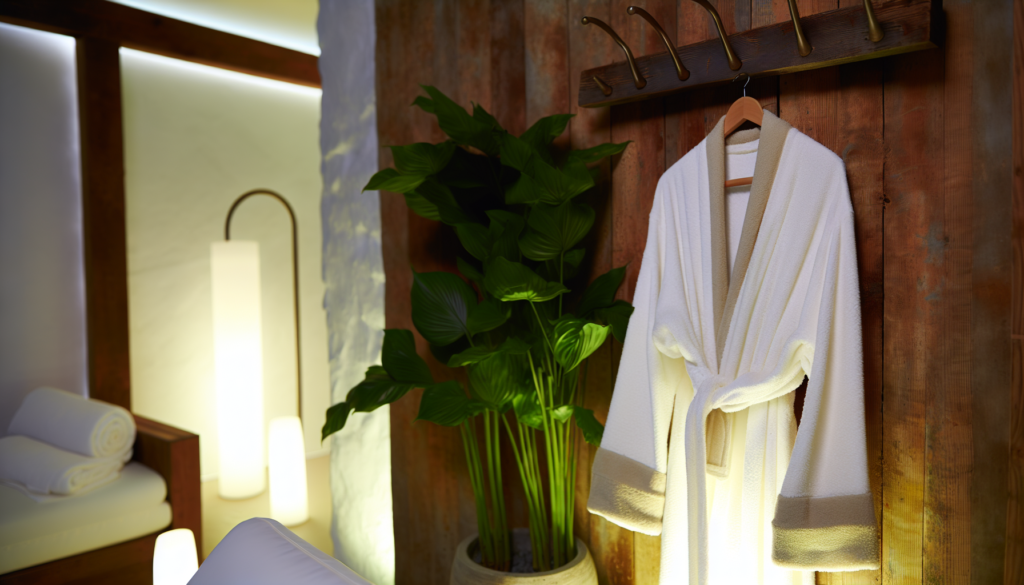Caring for your skin shouldn’t feel like guesswork. With all the advice out there, from viral trends to age-old remedies, it can be hard to know what truly works. Whether your skin is dry, oily, combination, or sensitive, there are fundamental routines and habits that can help keep your complexion healthy and radiant. The key? Understanding your skin’s needs and making small, consistent changes that actually make a difference. Let’s get into it.
Know Your Skin Type First
One of the biggest mistakes people make with skincare is using products that aren’t meant for their skin type. If you’ve ever felt like your moisturizer is making you greasy or your cleanser is drying you out, that’s probably why.
Here’s a simple way to figure it out:
- Dry skin: Feels tight, rough, or flaky, especially after washing your face.
- Oily skin: Looks shiny, especially in the T-zone (forehead, nose, chin), and is prone to breakouts.
- Combination skin: A mix of dry and oily areas, usually an oily forehead and dry cheeks.
- Sensitive skin: Easily irritated by new products, fragrances, or even weather changes.
- Normal skin: Balanced, not too oily or dry, and rarely has irritation.
Once you know what type of skin you have, picking the right products becomes so much easier.
The Basics: What Every Skin Type Needs
No matter what, there are core steps that every good skincare routine should include.
1. Gentle Cleansing is Non-Negotiable
Washing your face properly is more important than you might think. Dirt, oil, and pollutants build up on your skin throughout the day, and if you’re skipping this step (or doing it wrong), it can lead to breakouts and dullness.
Use a cleanser that suits your skin type:
- For dry skin: A hydrating, creamy cleanser that won’t strip away moisture.
- For oily skin: A foaming or gel-based cleanser to help remove excess oil.
- For sensitive skin: A mild, fragrance-free cleanser that calms irritation.
- For combination skin: A balanced cleanser—something that removes oil without drying.
And please, don’t scrub your face like you’re washing a dish. Gentle, circular motions are all you need.
2. Hydration is Key—Even for Oily Skin
It’s a myth that oily skin doesn’t need moisturizer. When your skin isn’t hydrated enough, it actually creates more oil to compensate, leading to even worse breakouts.
Look for lightweight, non-comedogenic moisturizers if you’re on the oily side and richer, cream-based ones if you need extra hydration. For sensitive skin, soothing ingredients like aloe or oat extract work wonders.
3. Sunscreen is Your Best Anti-Aging Weapon
Ask any dermatologist, and they’ll tell you the same thing—sunscreen is non-negotiable. If you want to prevent fine lines, dark spots, and premature aging, daily sun protection is essential, even if you’re indoors.
Go for a broad-spectrum SPF 30 or higher. If you’re worried about feeling greasy, opt for gel-based or mattifying formulas. (Yes, they exist, and yes, they work.)
Tweaking Your Routine for Your Skin Type
Once you’ve got the basics down, fine-tuning your routine can help address any specific concerns.
For Dry Skin: Add Nourishing Oils
If your skin constantly feels like it needs a drink, facial oils can be a game-changer. A few drops of rosehip, argan, or squalane oil can lock in moisture without feeling heavy. Also, swap out harsh exfoliants for gentler options like lactic acid or enzymes.
For Oily Skin: Don’t Skip Exfoliation
Buildup and clogged pores? That’s where gentle exfoliation comes in. Salicylic acid is particularly good at keeping pores clear and minimizing breakouts. If manual scrubs make your skin angry, try chemical exfoliants 2-3 times a week instead.
For Combination Skin: Balance is Everything
The trick is treating different areas differently. Use gel-based moisturizers on your T-zone and a slightly heavier one on dry areas. Multi-masking (using different types of masks on different parts of your face) can also be a great way to balance things out.
For Sensitive Skin: Stick to Minimal Ingredients
The fewer ingredients, the better. Avoid alcohol-based toners, heavily fragranced products, and harsh exfoliants. Instead, focus on calming ingredients like chamomile, green tea, and niacinamide.
Skincare Habits That Make a Real Difference
Beyond the products, small daily habits can have a huge impact on your skin’s health.
- Drink plenty of water: Dehydration shows up on your face as dullness and fine lines.
- Get enough sleep: That “beauty sleep” thing? It’s real. Lack of rest increases stress hormones that trigger breakouts.
- Clean your pillowcases often: Bacteria and oil build up over time, leading to flare-ups.
- Stop touching your face: Your hands carry dirt and oils, so keep them away from your skin.
- Don’t overload on products: More isn’t always better. Sometimes, too many active ingredients cause more harm than good.
Final Thoughts
Taking care of your skin doesn’t have to be overwhelming or expensive. The key is consistency, patience, and using the right products for your skin type. Pay attention to how your skin reacts, adjust as needed, and most importantly—be kind to yourself. After all, healthy skin isn’t about perfection; it’s about taking care of yourself in a way that feels good.







